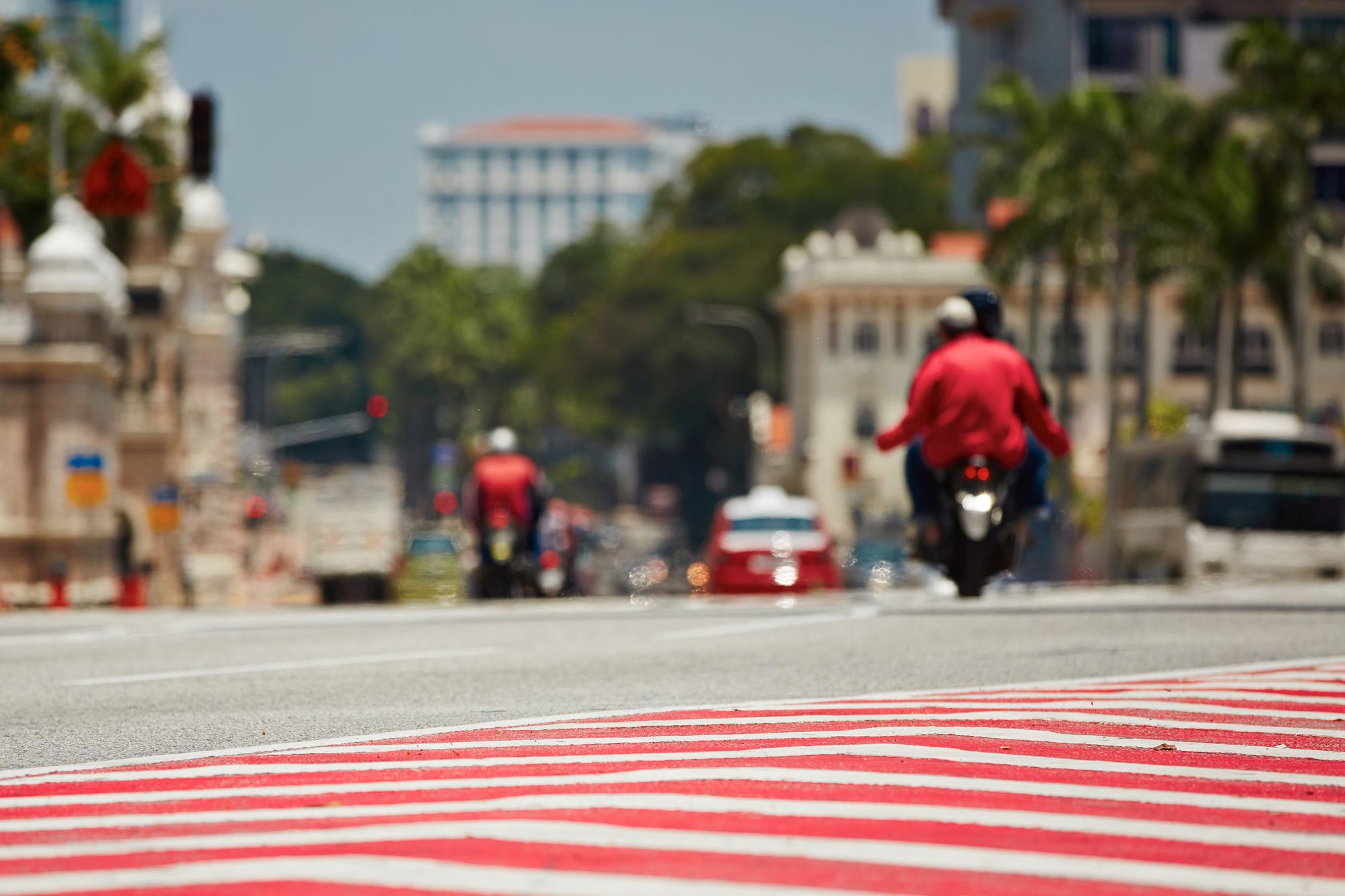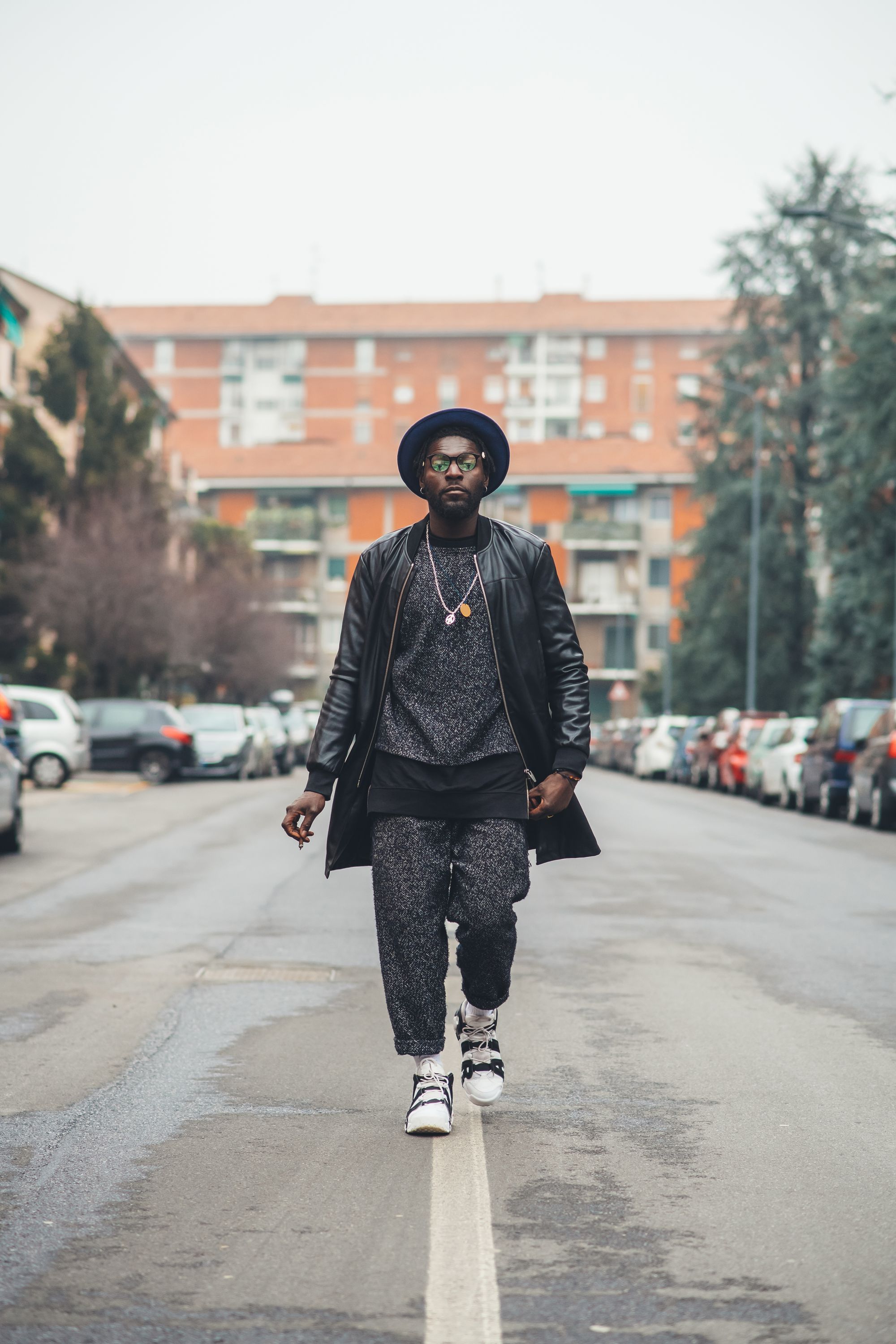From bustling metropolises to quiet alleyways, street photography offers a unique perspective on the human experience, documenting moments of everyday life and uncovering the stories hidden within the fabric of the city. In this post, we'll delve into the world of iconic street photography, exploring its history, techniques, and impact on visual storytelling.
A Glimpse into History
Street photography has a rich and storied history, dating back to the early days of photography itself. Pioneers such as Henri Cartier-Bresson, Robert Doisneau, and Dorothea Lange helped to define the genre, capturing iconic images that have become timeless classics. Their work not only documented the social and cultural landscape of their time but also paved the way for future generations of street photographers to explore and experiment with new techniques and styles.
Capturing the Moment
At its core, street photography is about capturing moments of everyday life in a candid and unscripted manner. It's about observing the world around us with an attentive eye, anticipating fleeting moments of emotion, movement, and interaction, and capturing them with precision and timing. Whether it's a fleeting glance between strangers, a bustling market scene, or a solitary figure lost in thought, street photography allows us to freeze moments in time and preserve them for posterity.
Embracing Authenticity
Authenticity is key in street photography, as it's the raw, unfiltered moments of human experience that often resonate most deeply with viewers. Street photographers strive to capture the essence of their subjects and surroundings with honesty and integrity, eschewing staged scenes or posed portraits in favor of genuine moments of spontaneity and emotion. By embracing authenticity, street photographers are able to create images that resonate with viewers on a visceral level, inviting them to see the world through a different lens.
Mastering Composition and Technique
Composition and technique play a crucial role in successful street photography, helping to guide the viewer's eye and convey the photographer's intent. From framing and perspective to light and shadow, every element of a street photograph contributes to its overall impact and storytelling power. Street photographers often employ techniques such as leading lines, juxtaposition, and the decisive moment to create images that are visually compelling and emotionally resonant.
Making a Statement
Street photography is not just about documenting the world as it is; it's also about making a statement and sparking conversations about the issues that matter most to us. Whether it's social injustice, urban decay, or the resilience of the human spirit, street photographers use their images to shine a light on the stories and struggles of everyday people, giving voice to the voiceless and advocating for change. Through their work, street photographers have the power to inspire empathy, provoke thought, and challenge perceptions, making a lasting impact on the world around them.
Conclusion: The Art of Street Photography
In conclusion, street photography is a powerful form of visual storytelling that offers a unique perspective on the human experience. By capturing moments of everyday life with honesty, authenticity, and compassion, street photographers create images that resonate deeply with viewers, inviting them to see the world in a new light. From iconic classics to contemporary masterpieces, street photography continues to captivate and inspire audiences around the world, reminding us of the beauty, complexity, and resilience of the human spirit.







